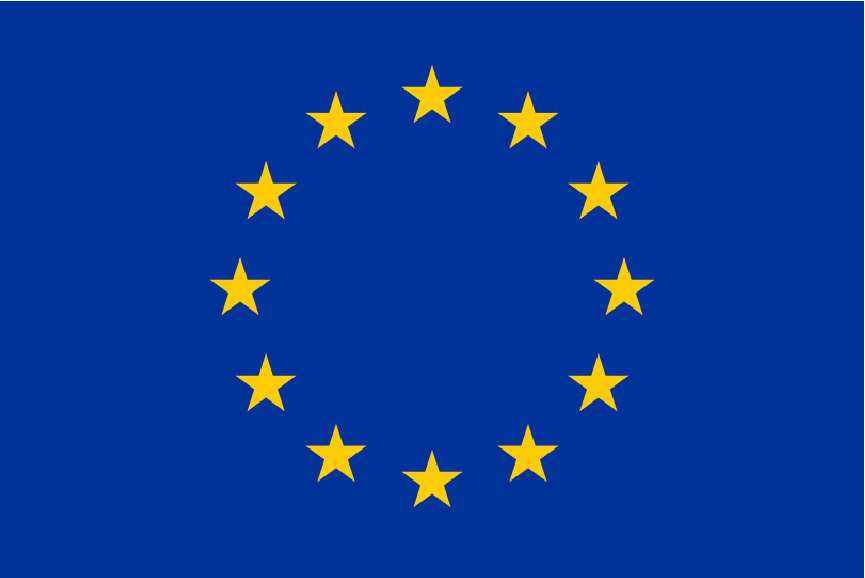NanoAntenna
NanoAntenna European Project: Development of a high
sensitive and specific nanobiosensor
S. Kessentini, D. Barchiesi
and
T. Grosges
University of Technology of Troyes
12 rue Marie Curie - BP 2060 - F-10010 Troyes cedex , France
Objectives
Development of a high sensitive and specific nanobiosensor based on
surface enhanced vibrational spectroscopy dedicated to the in vitro
proteins detection and disease diagnosis.
Partners
Centre National de la Recherche Scientifique (CNRS),
Spanish Council for Scientific Research (CSIC),
Institut National de la Santé et de la Recherche Médicale
(INSERM),
University of Heidelberg (UHEI),
Consiglio Nazionale delle Ricerche (CNR IPCF)),
Ben Gourion University (BGU),
Centro de Investigacion Cooperativa Nanogune (CIC NanoGUNE),
Istituto Italiano di Tecnologia (IIT),
Horiba Jobin Yvon (HJY),
Centro de Investigacion Cooperativa en Biomateriales (CIC BiomaGUNE),
Université de Technologie de Troyes (UTT),
Technoclone (TC).
The main goal of this proposal is to develop a novel optical nanobiosensor
based on extraordinary vibrational signal enhancement of the proteins to
be detected.
To reach vibrational signal enhancement, that necessitates to exploit the
optical properties of specially designed metallic nanoparticles which
should act as nanoantenna and the associated field enhancement to obtain
a direct detection of proteins bound to the nanoparticle.
Thus, such a sensor will reach high sensitivity provided by the recently
established large enhancement of vibration signals due to the resonant
excitation of the nanoantenna device used as substrates.
The aim is to detect only a few proteins with low concentration
and finally to reach detection threshold such as femtomole or lower.
High molecular selectivity will be reached with the functionalisation of
the nanoantenna.
NanoAntenna is an European Project,
Duration 01/10/2009 - 30/09/2012
|
|

|
|

|
oo
BACK
-goto-
HOME
oo
© Copyright 2007-2036 Thomas Grosges.
|

